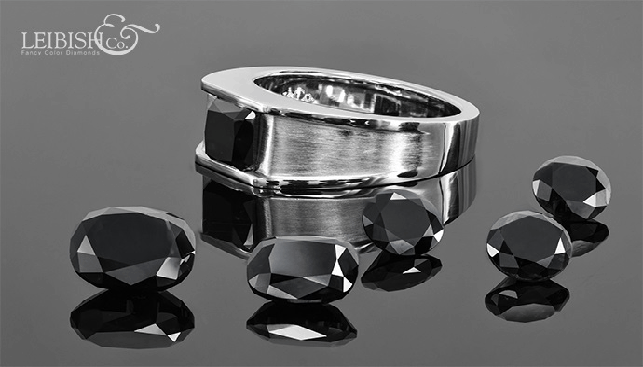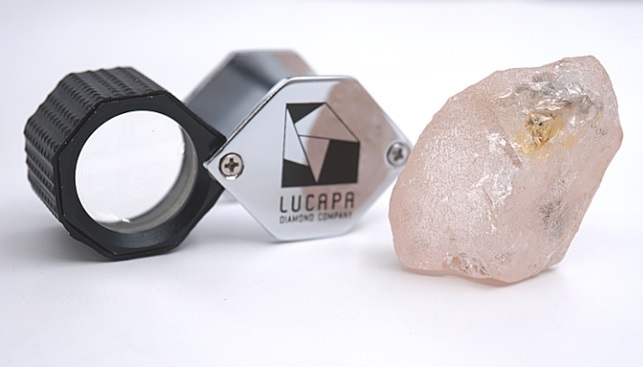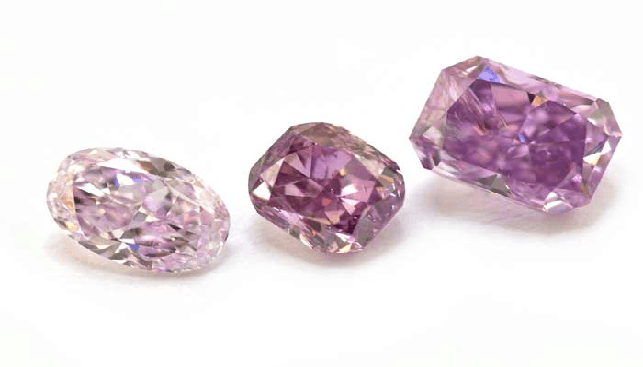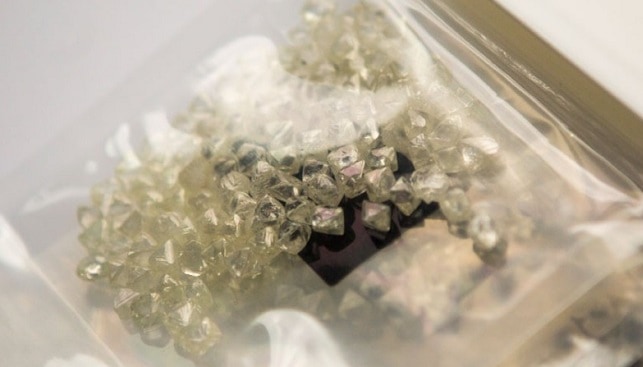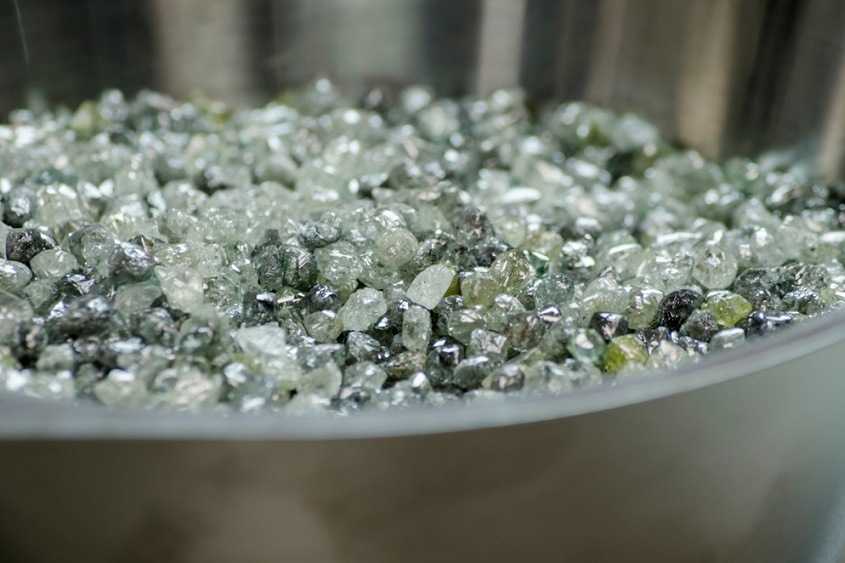In a recent article called “Supporting Services: Price Lists”, Ehud Laniado looks at the history of the publishing of price lists, and the impact these have on the industry.
From Subjective Prices to Ordered Methods
Before the mid-1970s, diamond pricing was largely subjective, with prices determined by the bargaining and negotiating powers of the buyer and seller. Therefore, the price of comparable diamonds could vary widely.
In 1978, Martin Rapaport introduced his first polished diamond price list. It was not immediately popular among industry insiders, the main concern being that it was an attempt to commoditize diamonds. Eventually, “the advantages and utility of the list soon overcame some of its more negative implications, and traders eventually adopted it”.
As the internet advanced, Rapaport also developed an online diamond-trading platform. Until 2001, as IDEX gradually introduced its own trading platform based on the asking prices listed on the diamonds offered on the site, Rapaport enjoyed a near monopoly on polished diamond price lists. In 2008, IDEX introduced Guaranteed Diamond Transactions’ (GDT) – a full B2B transaction system for diamond wholesalers and industry buyers. Then, another company, Polished Prices, entered the market, “offering price lists and indexes based on a basket of popular diamonds and size ranges”.
Do the Lists Help End Consumers?
However, Laniado writes, industry insiders know full that “actual transaction prices can deviate dramatically from the list prices, and are usually traded at a steep discount to the list price”. Additionally, the average consumer “may or may not have any idea how to interpret” price lists “and will most likely make a decision based on a lack of information, despite feeling that he has all the information he needs”.
And finally, most of the current diamond price lists do not include many characteristics beyond the 4Cs of diamonds. He then introduces the concept of a diamond’s irregularities – different comments or irregularities found on a grading certificate, such as fluorescence, which “can dramatically impact the value of two stones with otherwise identical 4Cs”. Laniado’s research firm, Mercury Diamond, “has compiled a list of over 400 irregularities, and has shown the extent to which each impacts the final price of a polished diamond”.



